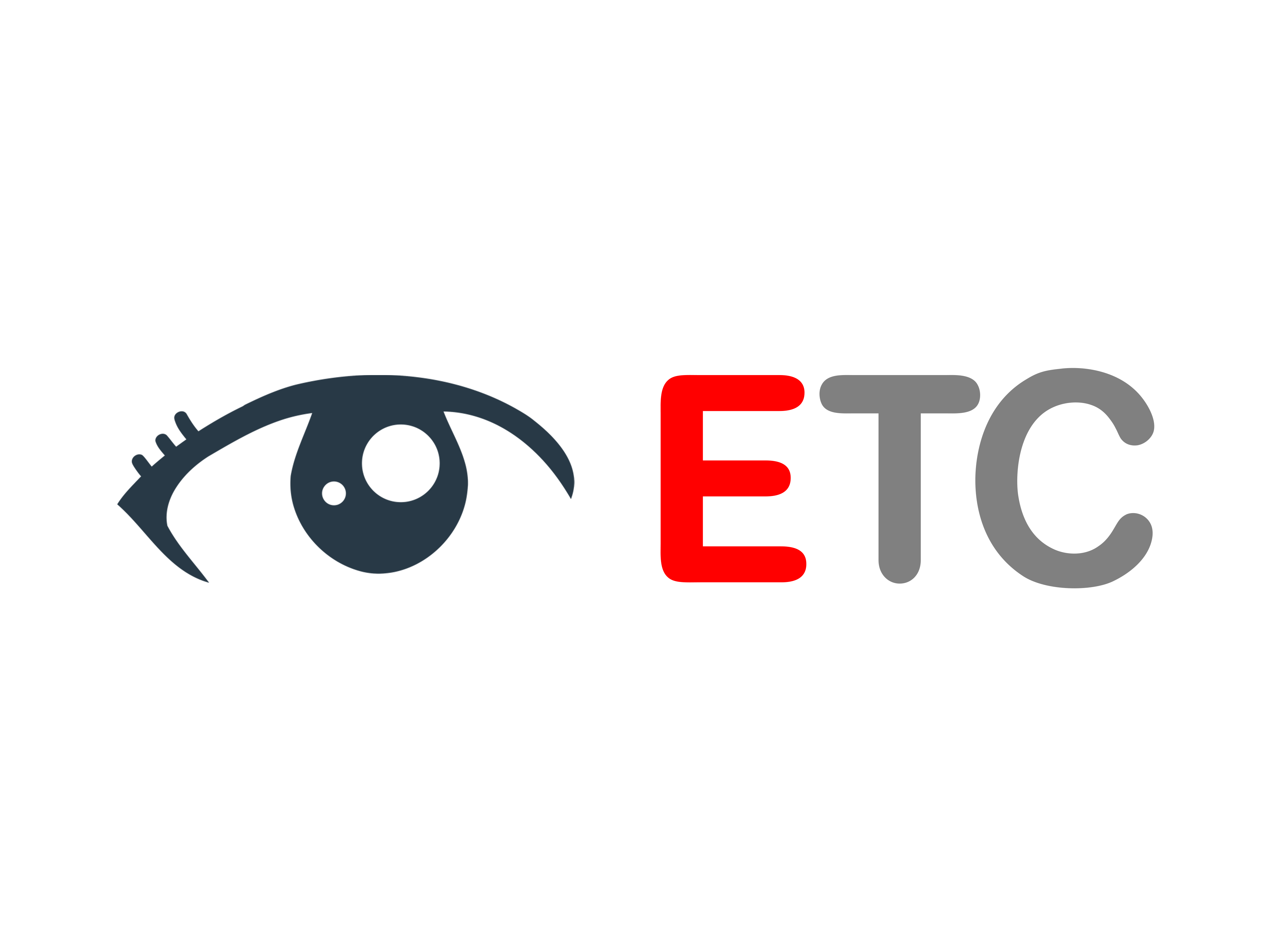This article is part of the AI BIZ GURU – Agents – Use Case Collection.
Tom built a software company to $8M in revenue. Not bad for a solo founder who started in his garage. When a private equity firm offered to acquire him for $24M, he nearly fell off his chair.
He accepted within 48 hours.
Three months after the deal closed, that same PE firm sold his company for $67M.
Tom left $43 million on the table.
Why? Because he used the same valuation method most founders use: whatever number sounds big and makes me feel successful.
The $40 Million Information Asymmetry
Here’s what buyers know that sellers don’t: valuation isn’t one number. It’s seven different numbers, each using different methodologies, each producing wildly different results.
-
DCF (Discounted Cash Flow): $31M
-
Revenue Multiple: $48M
-
EBITDA Multiple: $52M
-
Precedent Transactions: $67M
-
Asset-Based: $18M
-
Market Comparable: $44M
-
Liquidation Value: $12M
Sellers pick one. Buyers pick seven, then choose whichever is lowest.
Tom used “revenue multiple” and accepted 3x. The buyer knew that precedent transactions in his sector were trading at 8-9x—but they weren’t about to tell him that.
Information asymmetry isn’t illegal. It’s just expensive for the person who doesn’t have the information.
What $100M Exit Founders Know
When Mark Pincus sold Zynga, he didn’t guess at valuation. He hired Lazard to run a complete valuation analysis using every methodology.
When Brian Chesky negotiates Airbnb’s valuation, he’s not winging it. He has investment bankers running comps, DCF models, and market multiples.
When you don’t have $500K for Lazard or Goldman Sachs, you’re negotiating blind.
Until now.
The Seven Valuations You Need to Know
1. Discounted Cash Flow (DCF)
-
What investors pay for your future cash flows
-
Most conservative method
-
Favored by buyers in acquisitions
2. Revenue Multiple
-
Your revenue x industry average multiple
-
Fast but ignores profitability
-
Works for high-growth, pre-profit companies
3. EBITDA Multiple
-
Earnings x industry multiple
-
Standard for mature, profitable companies
-
Most common in M&A deals
4. Precedent Transactions
-
What similar companies actually sold for
-
Most accurate for exit planning
-
Requires access to private transaction data
5. Asset-Based
-
Book value of your assets minus liabilities
-
Minimum floor value
-
Rarely your selling price
6. Market Comparables
-
What public companies in your space trade for
-
Adjusted for private company discount
-
Good for growth companies
7. Liquidation Value
-
What you’d get if forced to sell everything today
-
Worst-case scenario
-
Useful for downside protection
The Gap Between #1 and #7 for Tom’s Company: $55 Million
How AI BIZ GURU’s Valuation Agent Works
The Valuation Agent doesn’t guess. It runs all seven methodologies simultaneously—the same analysis that investment banks charge $75K-$150K to perform.
It analyzes:
-
Your financial statements to calculate DCF
-
Your industry to determine relevant multiples
-
Comparable public companies adjusted for private discount
-
Actual M&A transactions in your sector (not public data—real deal terms)
-
Your assets, intangibles, and intellectual property
-
Market conditions affecting valuation timing
It delivers:
-
Seven valuations using institutional-grade models
-
Range from conservative to aggressive
-
Which method is most credible for your company stage
-
Comparable transaction details with actual sale prices
-
Strategic recommendations on timing and positioning
It excludes:
-
Fantasy valuations based on “potential”
-
Single-method calculations that miss the full picture
-
Outdated multiples from pre-2023 data
-
Generic industry averages (it uses YOUR specific subsector)
The Real Cost of Getting This Wrong
Sara sold her HR tech company for $12M (4x revenue). She thought she crushed it.
AI BIZ GURU’s VAL Agent ran her numbers post-sale: Based on precedent transactions and her EBITDA, her company was worth $18M-$23M. She left $6M-$11M on the table.
Michael almost sold his manufacturing business for $8M (asset-based valuation). He ran the VAL Agent first. Precedent transactions showed companies with his margins and customer concentration selling for 6-7x EBITDA, not book value.
He held out for $14.5M. The buyer paid.
The difference between these stories? $6 million in Michael’s case. $11 million in Sara’s.
When to Run Your Valuation
Too Late: After you’ve received an offer Also Too Late: When you’re desperate for capital
Still Too Late: After you’ve started acquisition conversations
The Right Time: Right now
Why? Because valuation isn’t just a number for selling. It tells you:
-
Whether you’re ready for Series A funding (and at what terms)
-
If you should sell now or grow for 18 months
-
Where to invest to maximize value creation
-
How your value has changed quarter over quarter
-
What strategic buyers would pay vs. financial buyers
Fortune 500 companies run valuations quarterly. Startups should too.
The AI BIZ GURU Difference
Investment banks charge $75K-$150K for valuations. They take 4-8 weeks. They use the same models the VAL Agent uses.
AI BIZ GURU’s Valuation Agent:
-
Runs all seven valuation methodologies
-
Delivers in 24 hours
-
Costs a fraction of investment banking fees
-
Uses real transaction data, not public “guesses”
-
Updates as market conditions change

